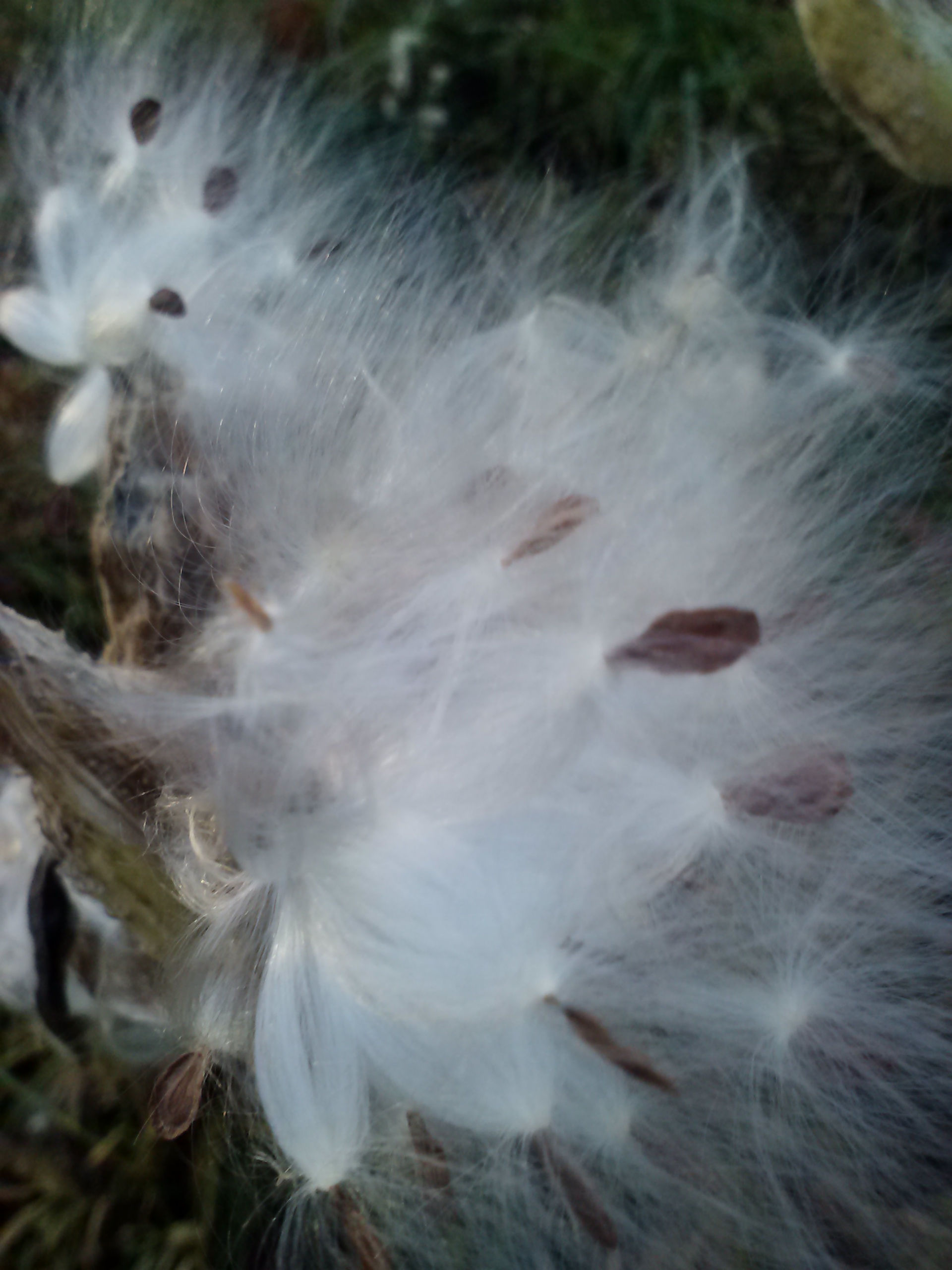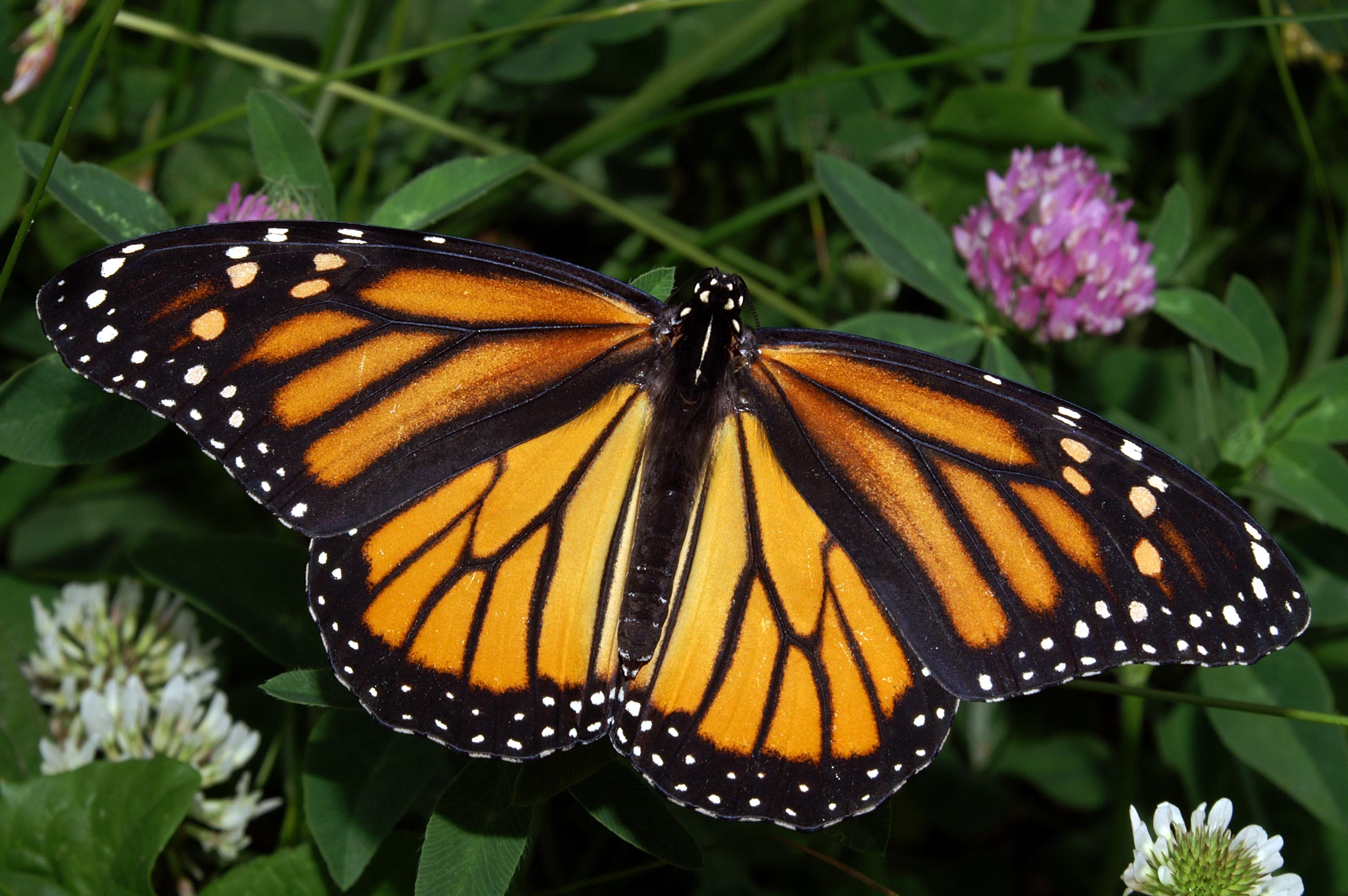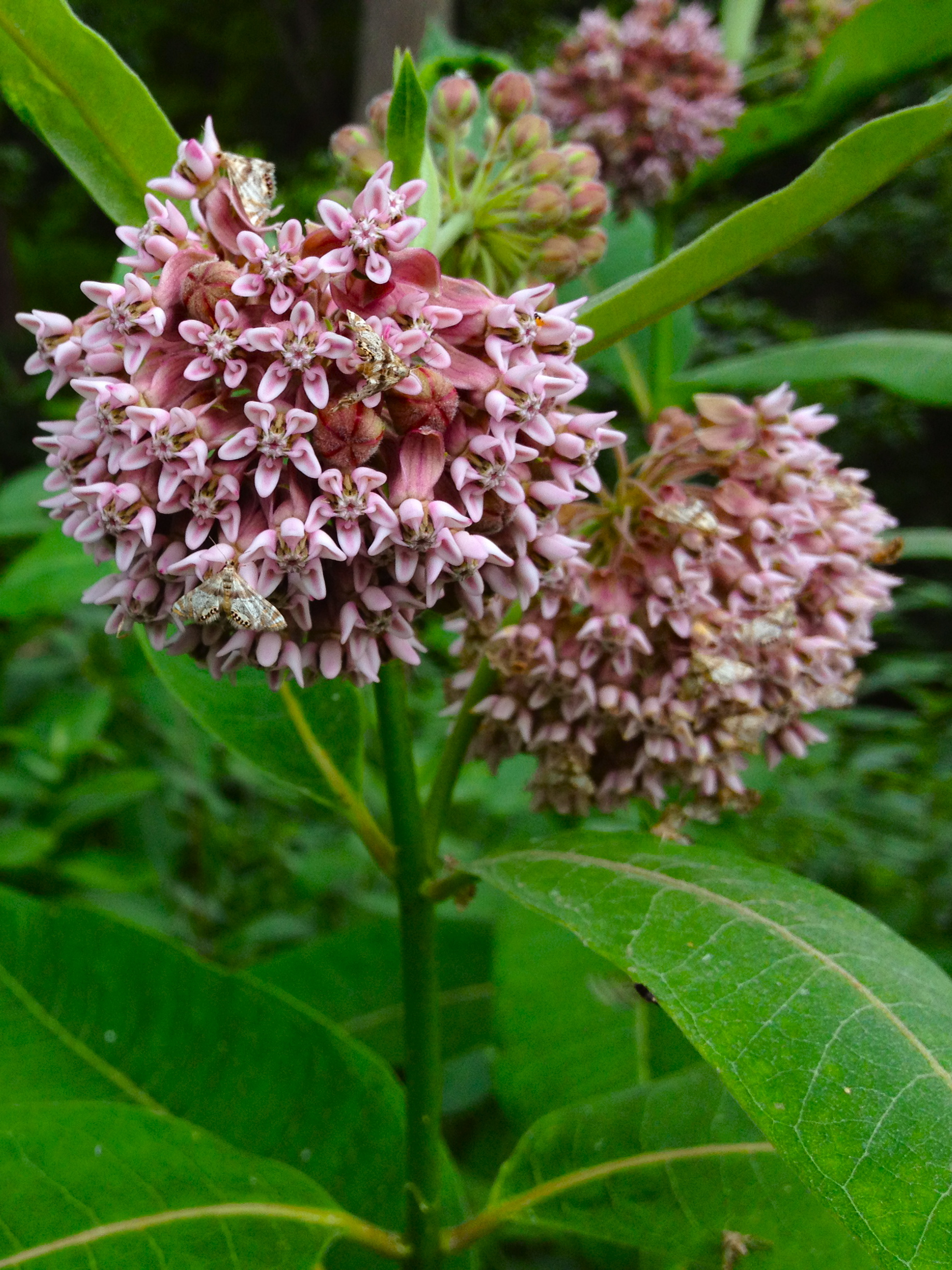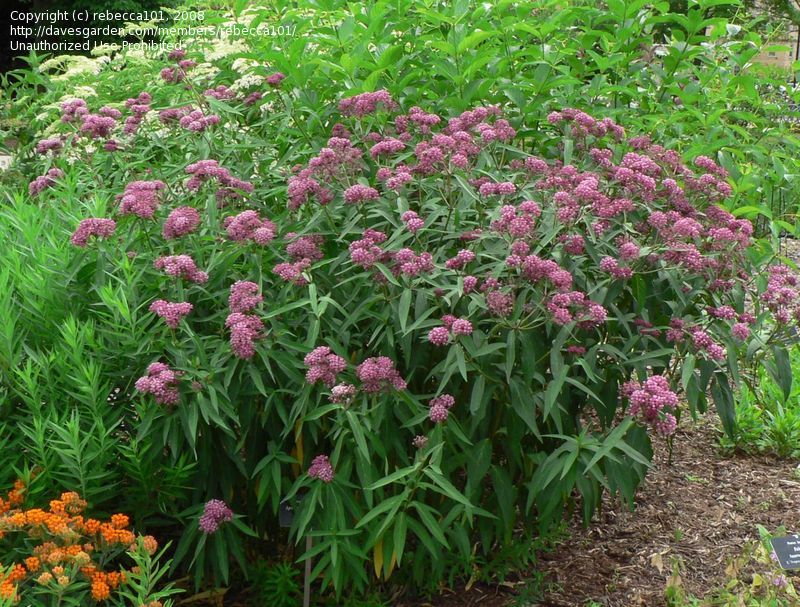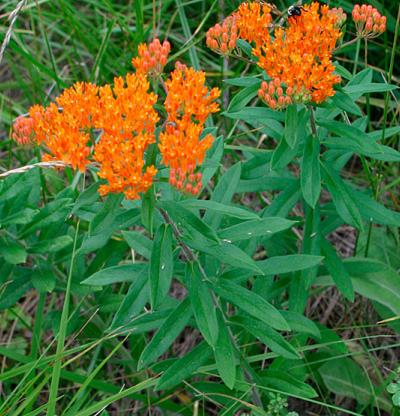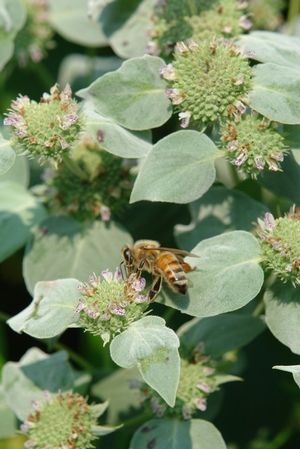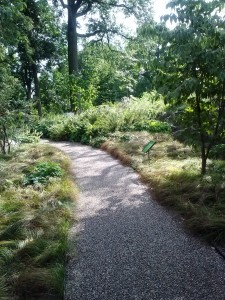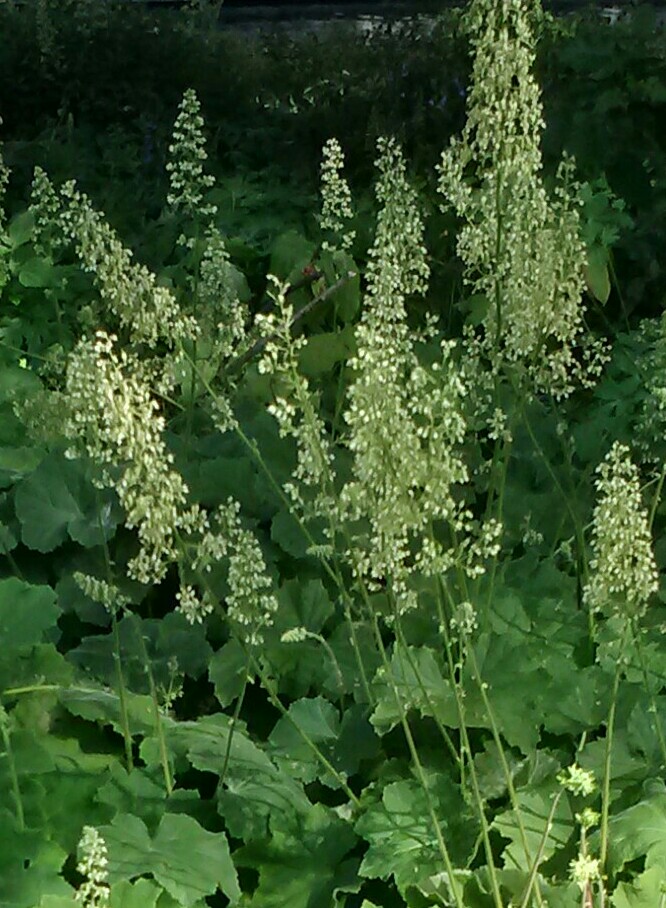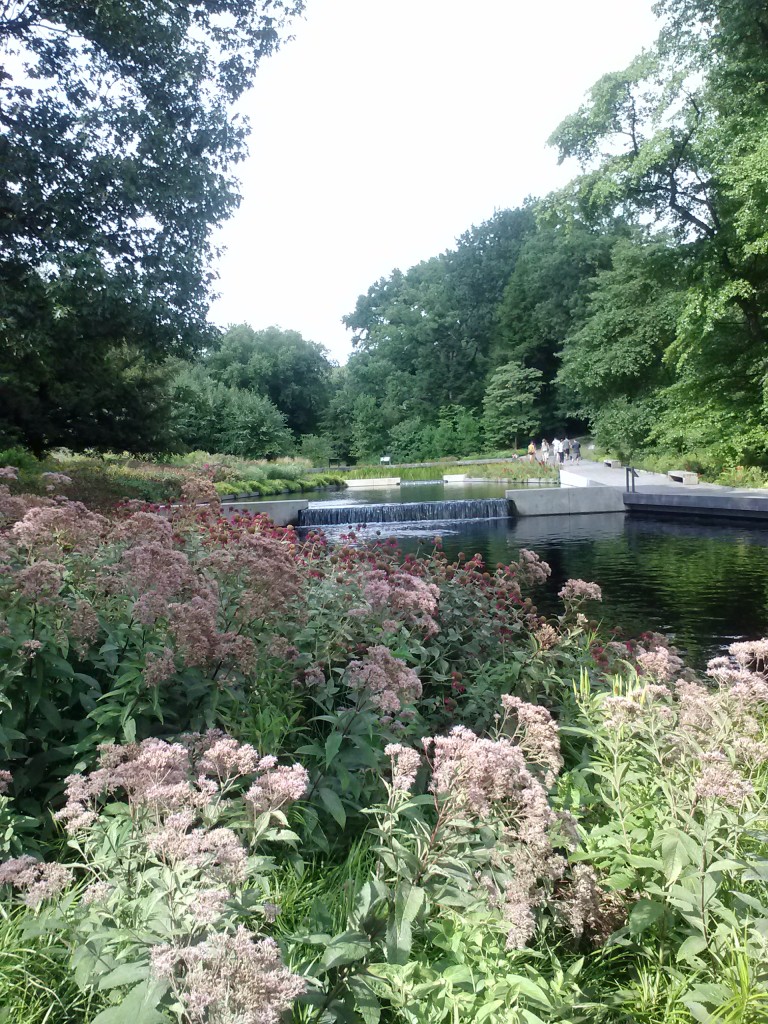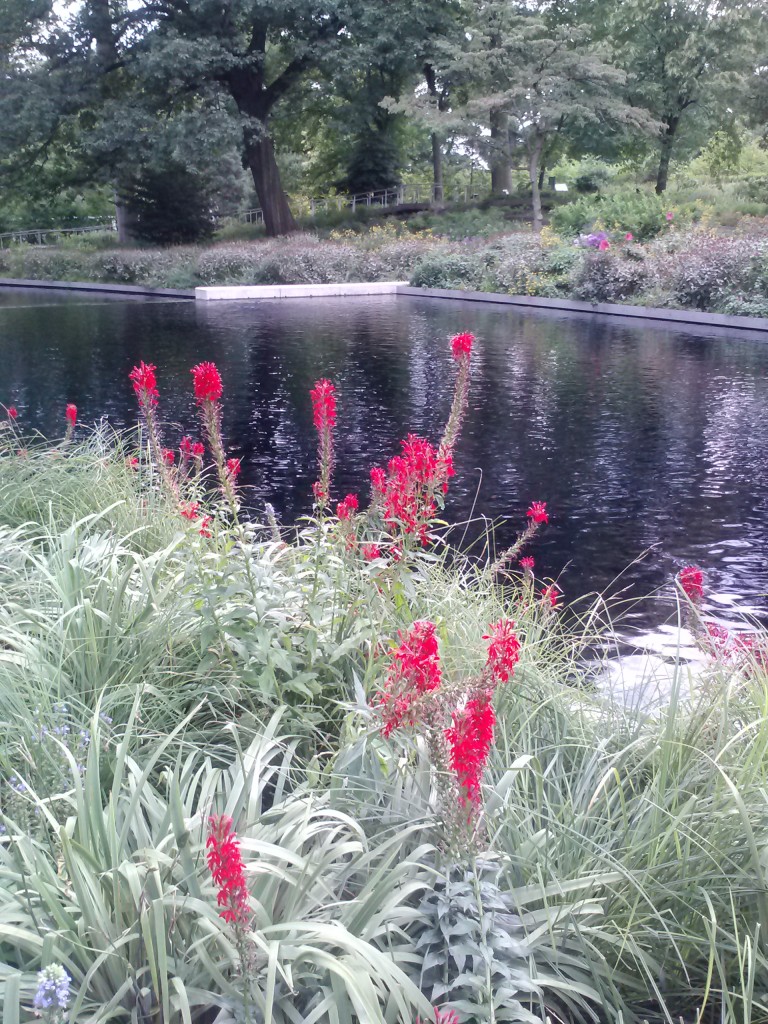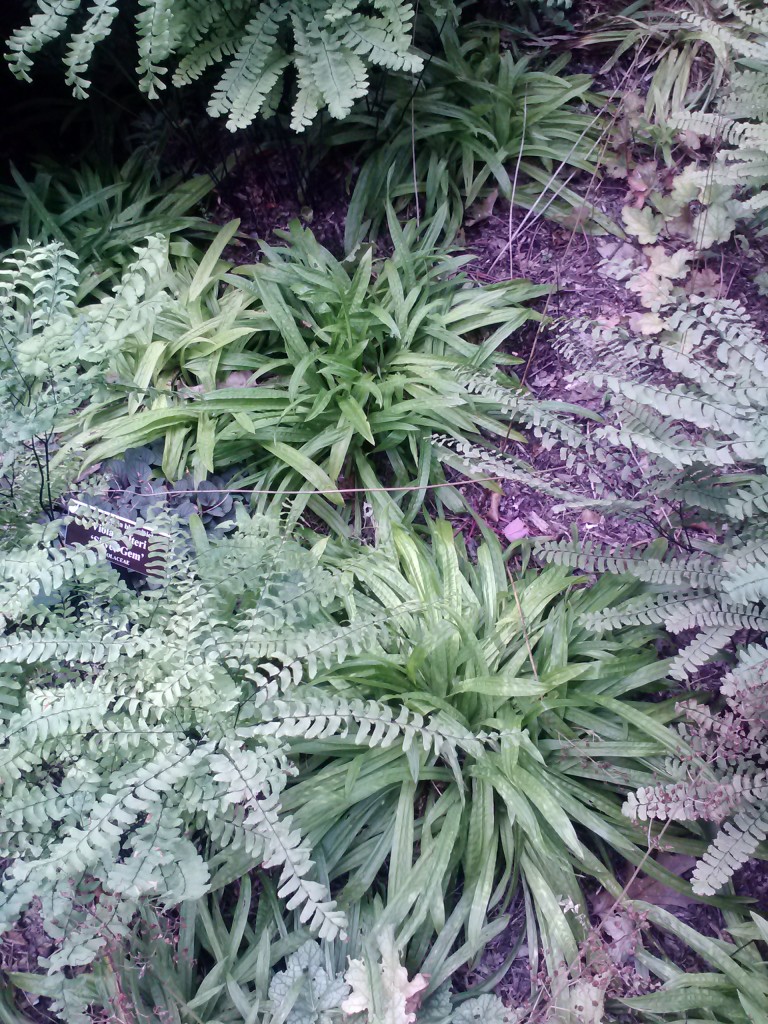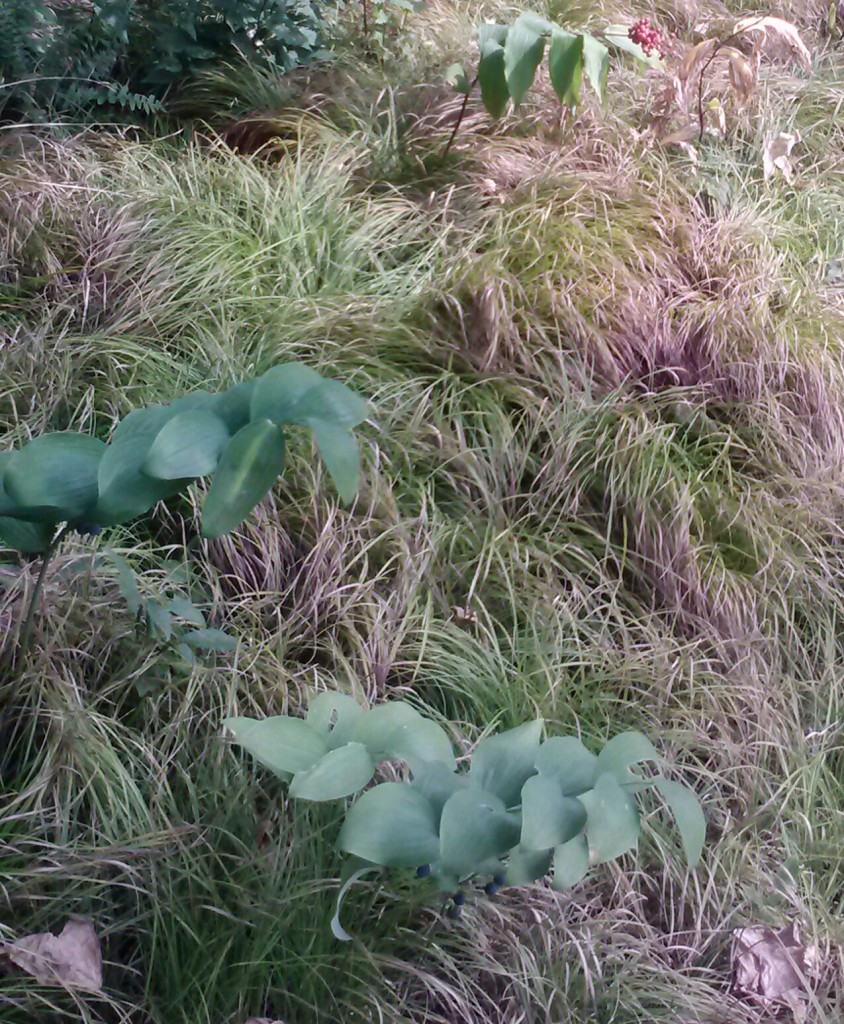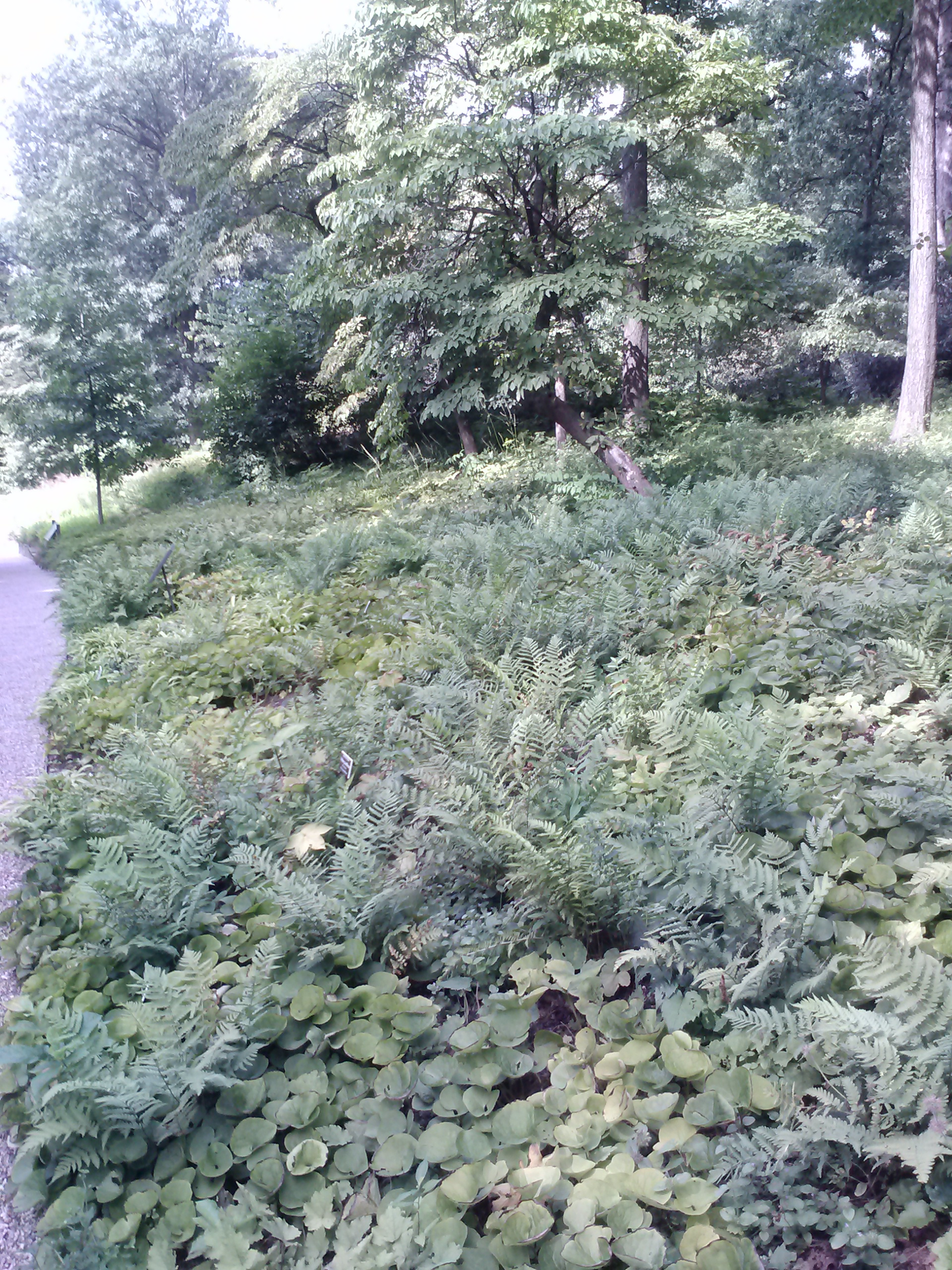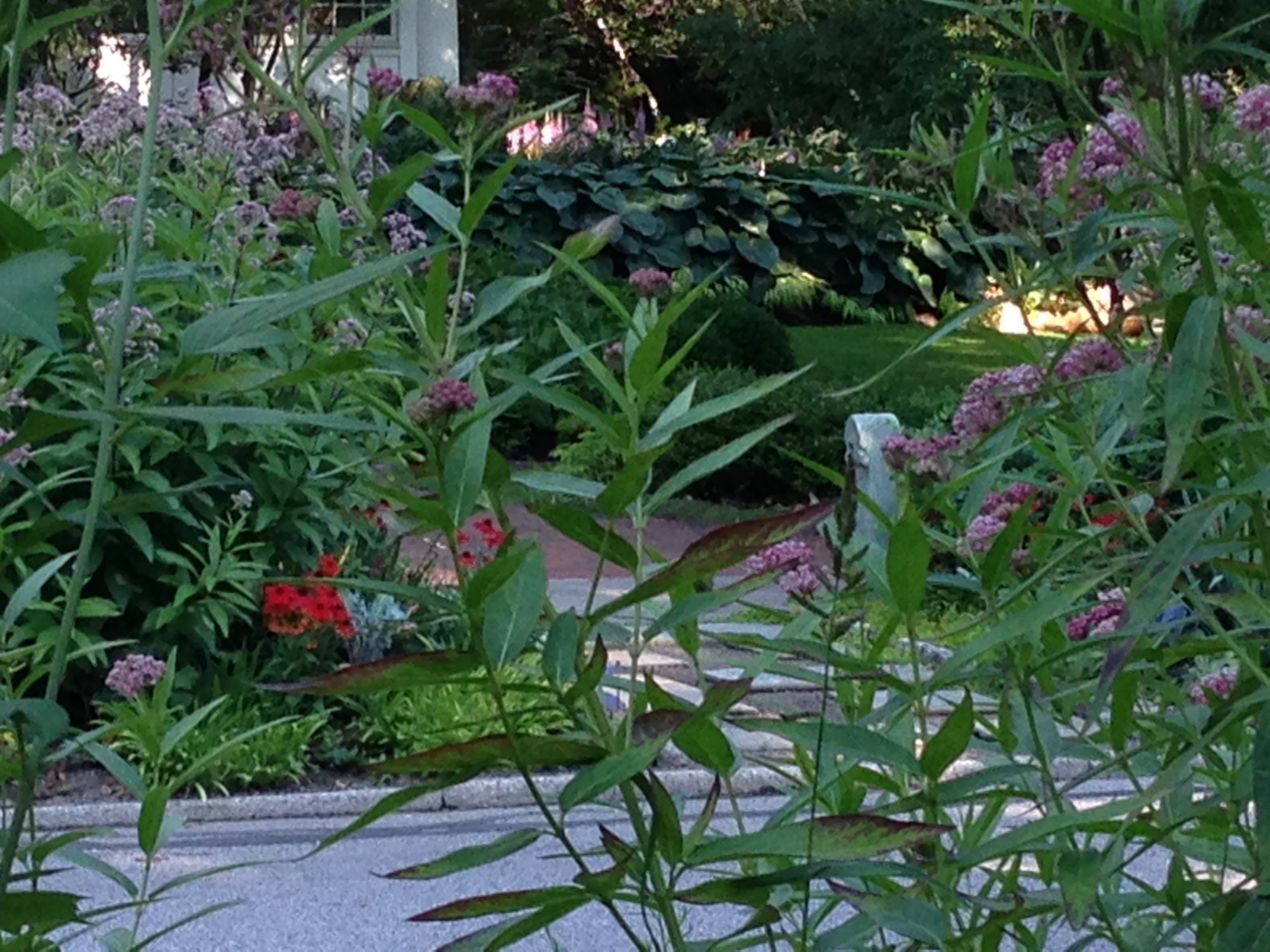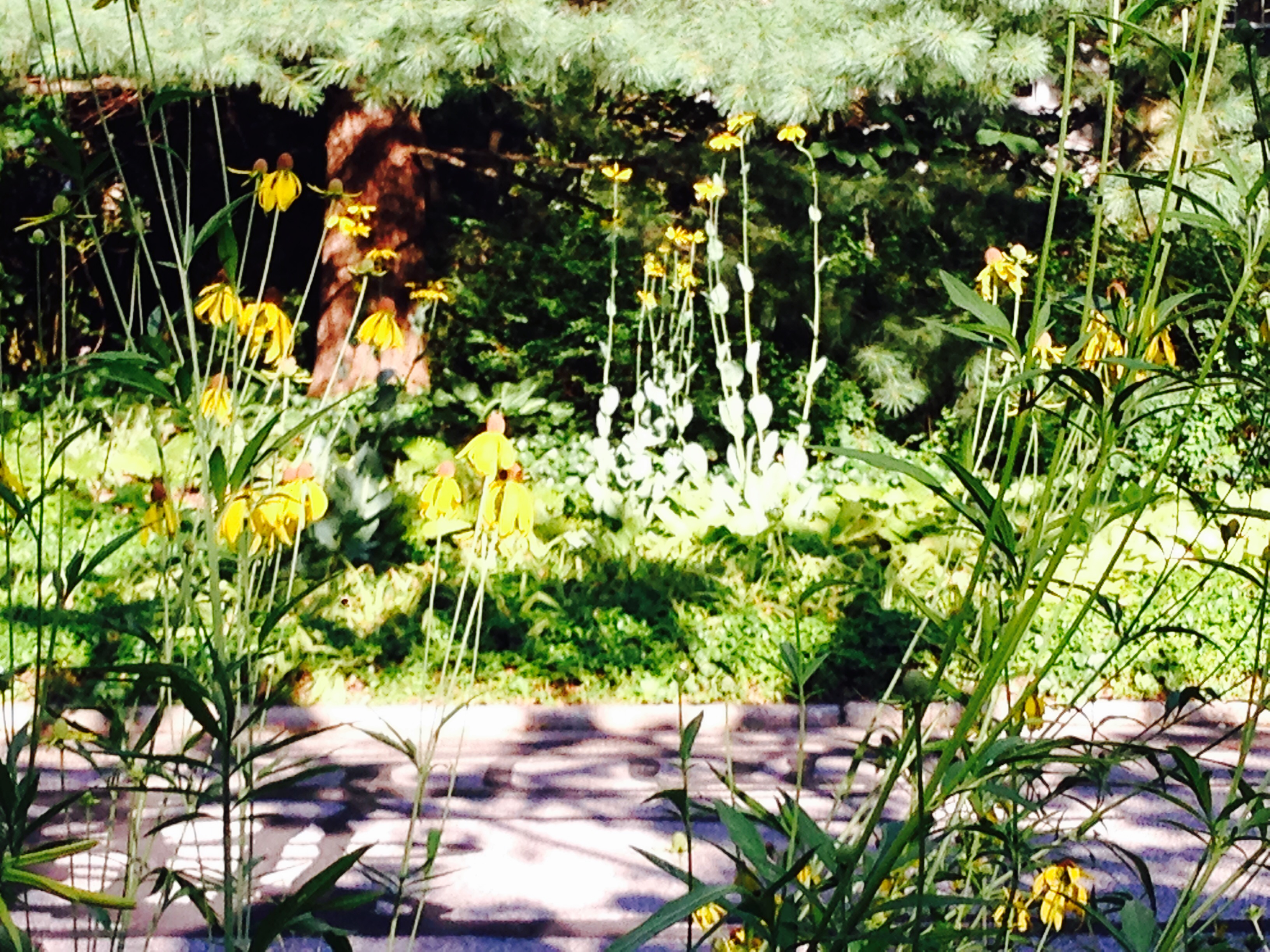Elsa Johnson
We constantly hear how the Monarch butterfly population is at risk because they are dependent on milkweed plants for survival. What does that mean? Is timing important?
The answer to both questions is … not quite so much for the adult Monarch butterfly as for the Monarch caterpillar. The caterpillar, the larval stage of the butterfly, MUST have milkweed. It eats nothing else.
Adult Monarch butterflies drink only liquid, mostly in the form of nectar that they suck up through a tiny tube (called a proboscis) just under the head. They can get nectar from a variety of flowering sources. To attract adult Monarch butterflies, one need only plant a variety of nectar rich flowers, including the various species of milkweed native to one’s area. As the non-breeding Monarch’s – that is, the migrating population of Monarch’s (as opposed to the breeding stay-at-home population) fly southwest on the migration to Mexico, it is important that they find nectar sources along their route. This should be a variety of flowering plants with staged flowering times to give both stay at home and migrating Monarchs a continuous food source. Milkweed of course should be included in the mix.
It is the stay-at-home breeding population that specifically need milkweed plants. Adult butterflies lay their eggs only on milkweed plants because in the caterpillar stage of their life cycle Monarch’s eat only the leaves of milkweed plants. They can denude a milkweed plant of its leaves (but that’s ok; the leaves will regenerate).
Monarch friendly areas should be not be mowed or cut back until butterflies have migrated from the area (a good reason to practice garden sloth on either a small or large scale). For large areas, mowing in patches insures that pollinators always have access to undisturbed habitat and can recolonize mowed areas. Avoid the use of herbicides and pesticides.
There are 13 species of milkweed native to Ohio. The most common to the fields of Northeast Ohio is Common Milkweed (Asclepias syriaca).
You can find large stands of this milkweed in the Great Meadow of Forest Hill Park (feel free to take some pods home!). This species can spread aggressively — though for now we are not convinced that is such a bad thing.
The milkweed species are most often found in area nurseries are Swamp Milkweed
( Asclepias incarnata)
and Aesclepias tuberosa, with its startling orange flowers.
Both respond to garden sloth by self- sowing. Interestingly, caterpillars on A. tuberosa have a greater survival rate then on the other milkweeds.
Links:
Milkweed information sheet: monarchjointventure.org
The Xerces Society : milkweed seed finder database
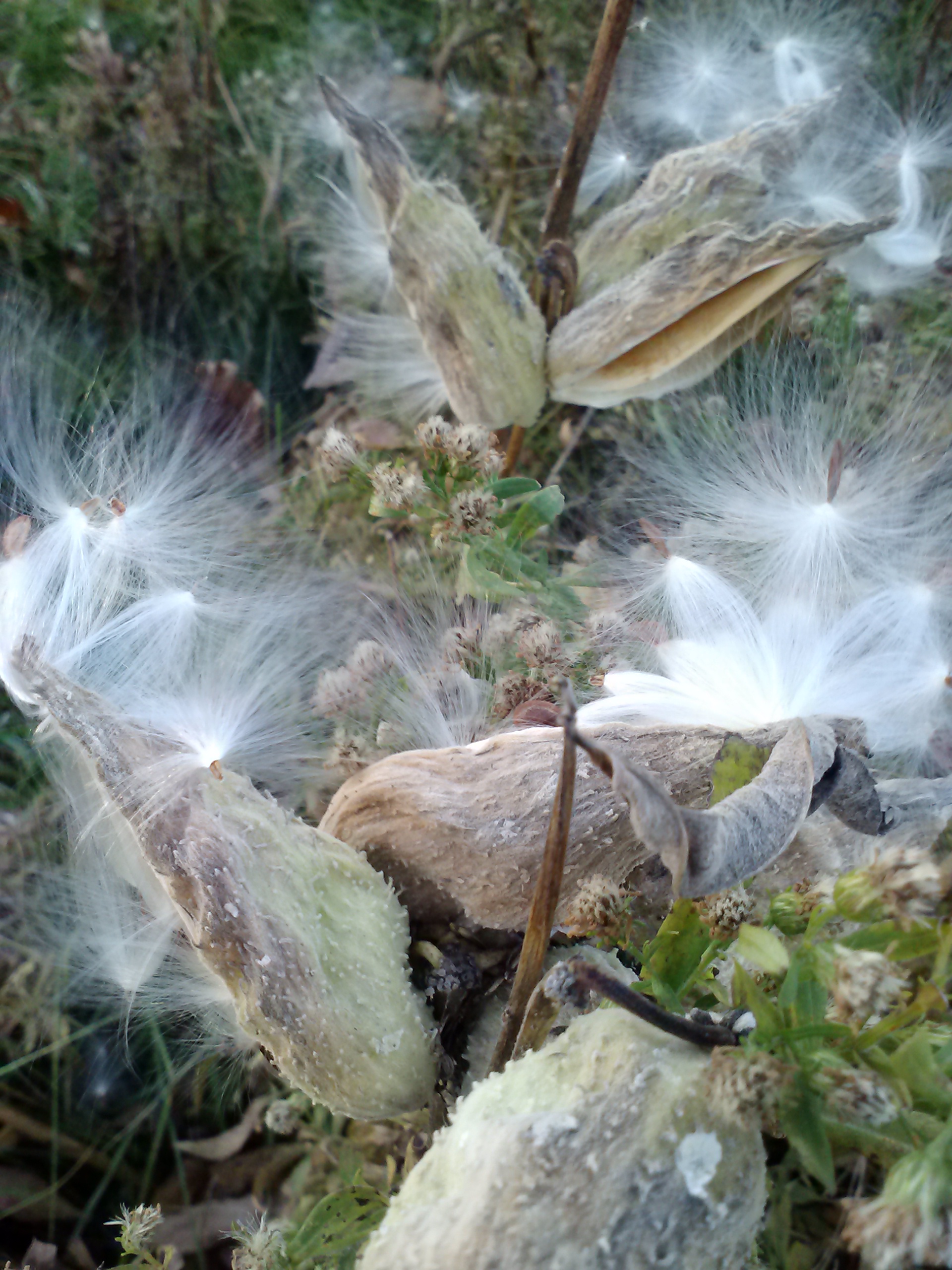
After Blueflags
(Homage to WCW)
We stopped to gather pods
from the milkweed plants
where they grow
in the meadow
amid tall grasses
that wave
as wind blows
and rain falls
and runnels the ground
toward the swale
where we planted blueflags
one spring
in water
with sunflowers beside.
The milkweed pods
are like fat fish
which we pull
from stalks
and carry
in our pockets
and our arms
to the ditch
where our hands grow sticky
with white sap
as we pull apart pods
for the seeds inside
lined up like fish scales
tied to silk threads
which we rend and scatter
so they drift
in wet air
